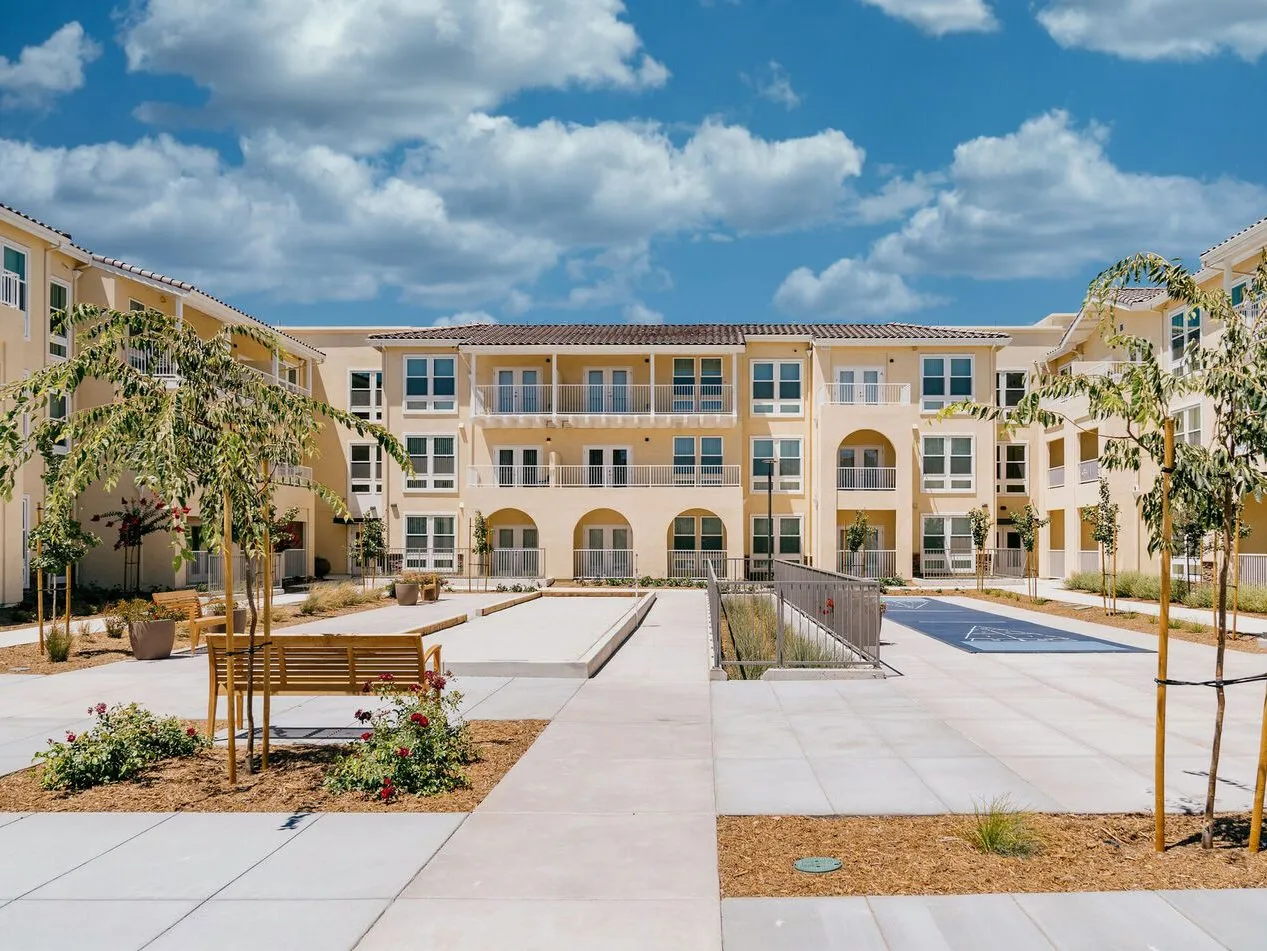Types of Senior Apartments
Senior apartments vary significantly in terms of amenities and services. For instance, some communities focus on providing a robust community experience, with social activities and wellness programs that encourage active living. These might include fitness centers, swimming pools, and organized outings that allow residents to maintain a vibrant social life. Others might offer more specialized services, such as transportation assistance or meal plans, to cater to those who require additional support. Regardless of the specific offerings, the goal remains the same: to create a safe, welcoming environment where seniors can thrive.
For those who prioritize a more independent lifestyle, senior apartments with additional amenities such as garages or pet-friendly policies might be appealing. These options allow residents to enjoy the comforts of home while having access to necessary facilities and support systems.
Choosing the Right Location
When considering a move to a senior apartment, it's important to evaluate the location and the community's proximity to essential services and attractions. Many seniors find value in living near shopping centers, healthcare facilities, and recreational areas. This not only enhances convenience but also supports an active, engaged lifestyle. Accessibility to public transportation or major highways can also be a significant factor for those who wish to travel or remain connected with family and friends.
Financial Considerations
Financial considerations are crucial when choosing a senior apartment. These apartments range from luxury accommodations to more budget-friendly options. Understanding the pricing structure, including rent, utilities, and any additional fees, is vital for making an informed decision. Some communities may offer sliding scale pricing or subsidies, making them accessible to a broader range of budgets. It's also worth considering whether the community provides additional services that might save costs in other areas, such as in-house medical care or meal services.
Physical Layout and Design
The physical layout and design of senior apartments can significantly impact daily living. Features such as accessible entrances, elevators, and safety enhancements like grab bars are essential components that contribute to a senior-friendly environment. For those who drive, apartments with garages provide added convenience and security. Additionally, spacious layouts and natural lighting can greatly enhance comfort and well-being.
Average Rent and Amenities in Senior Apartments Across the U.S.
|
Region
|
Average Rent (USD)
|
Common Amenities
|
|
Northeast
|
$3,000
|
Fitness Center, Social Activities, Dining
|
|
Midwest
|
$2,000
|
Transportation, Wellness Programs
|
|
South
|
$2,500
|
Swimming Pool, Pet-Friendly Policies
|
|
West
|
$3,500
|
Luxury Dining, On-site Medical Support
|
Data Source: U.S. Census Bureau and National Senior Housing Council
Long-Term Benefits and Trends
As you explore various options, consider the long-term benefits of each community. Some apartments cater specifically to active adults, offering vibrant surroundings with ample opportunities for socializing and personal growth. Others might resemble cozy cottages, ideal for those seeking a quieter, more serene setting. The trend towards incorporating technology, such as smart home features and telehealth services, is also growing, providing added convenience and security.
Future Outlook
The future of senior apartments looks promising, with an increasing emphasis on sustainability and wellness. Developers are focusing on creating eco-friendly communities that promote health and well-being. This includes integrating green spaces, utilizing sustainable materials, and offering programs that encourage a healthy lifestyle.
By understanding the diverse options available, seniors can make informed choices that enhance their quality of life, ensuring they find a community that truly feels like home.
References:

